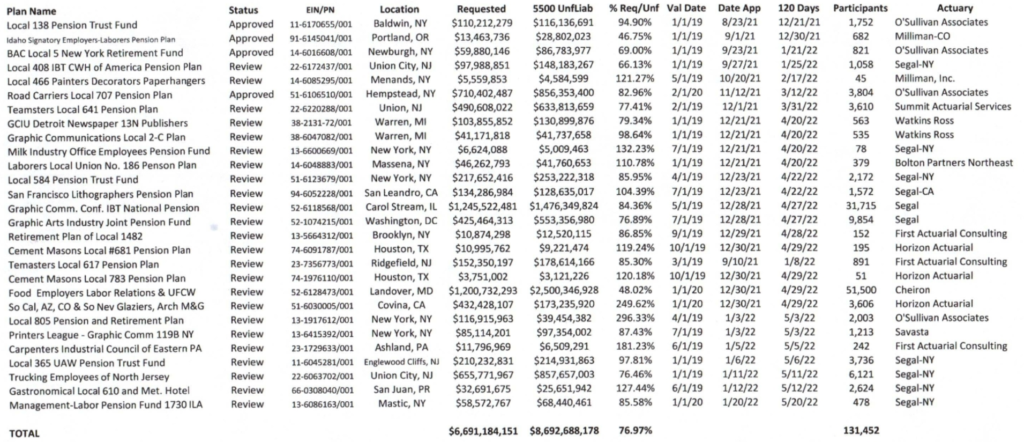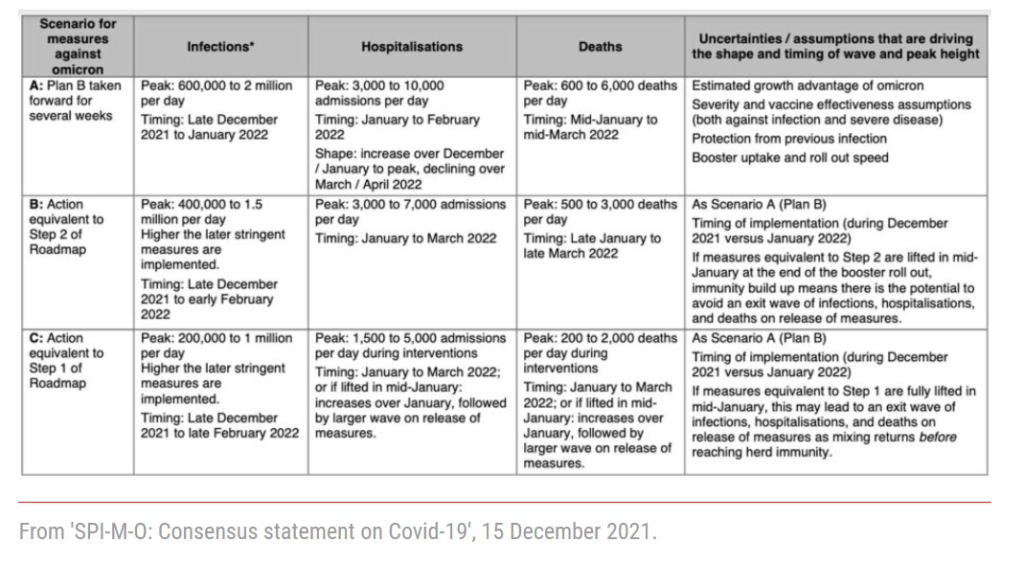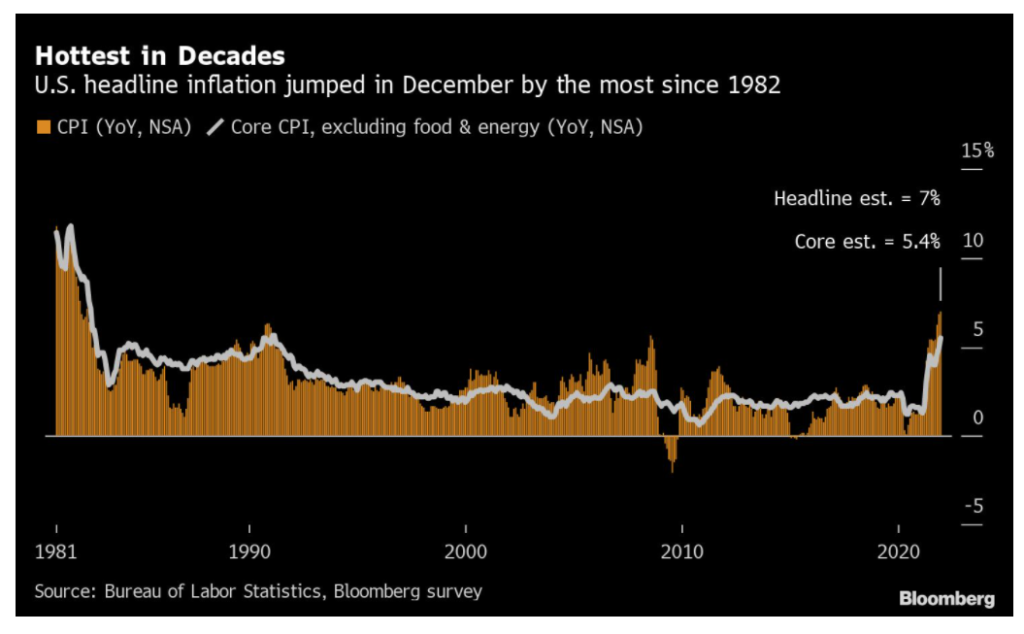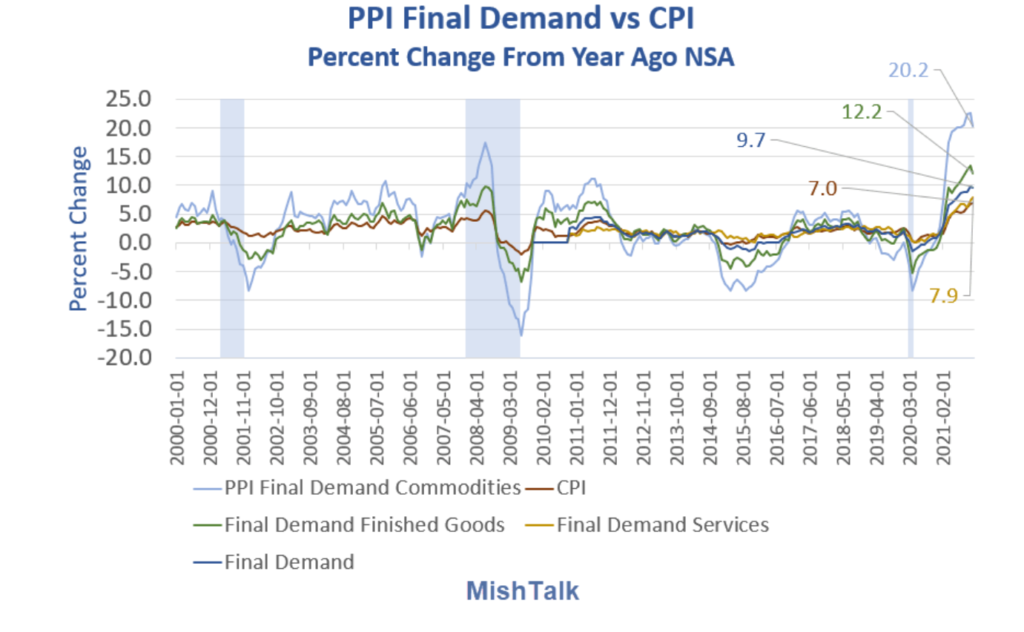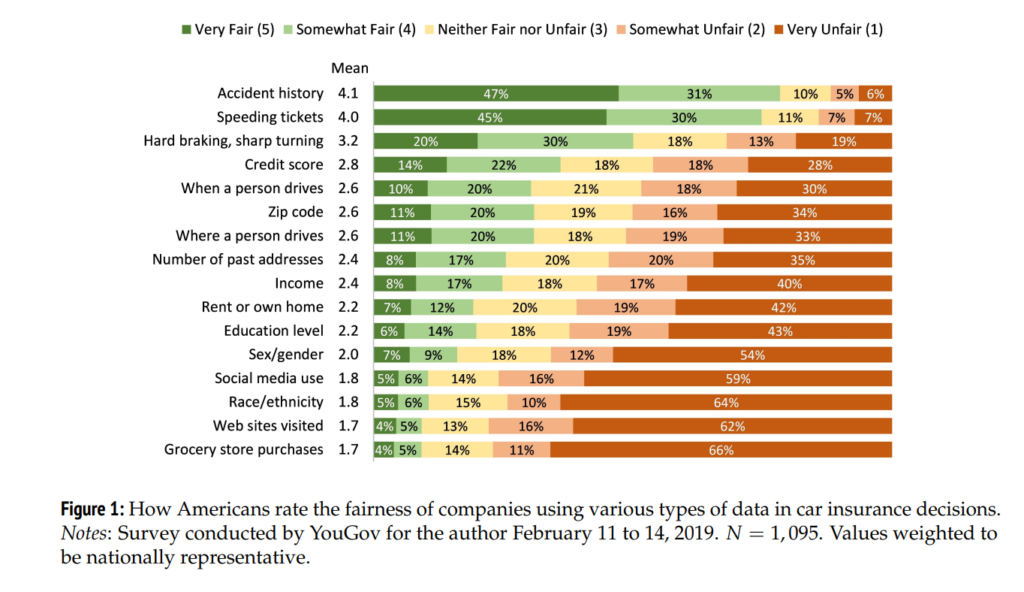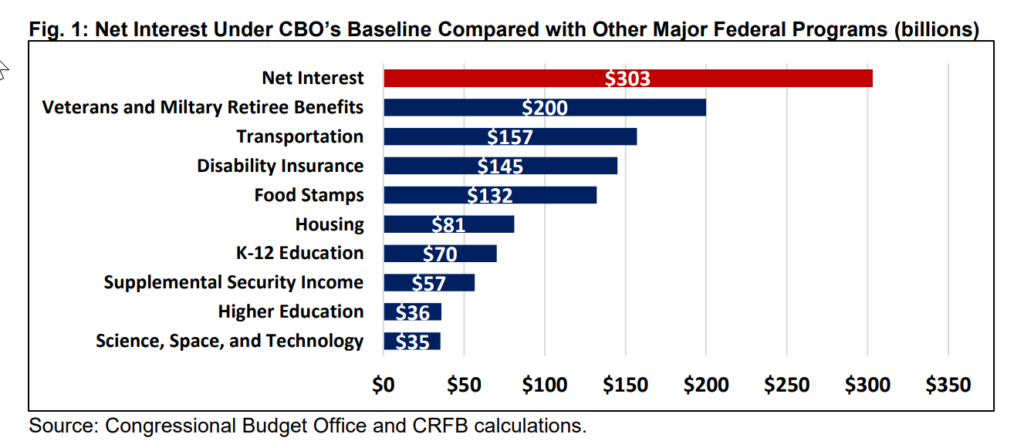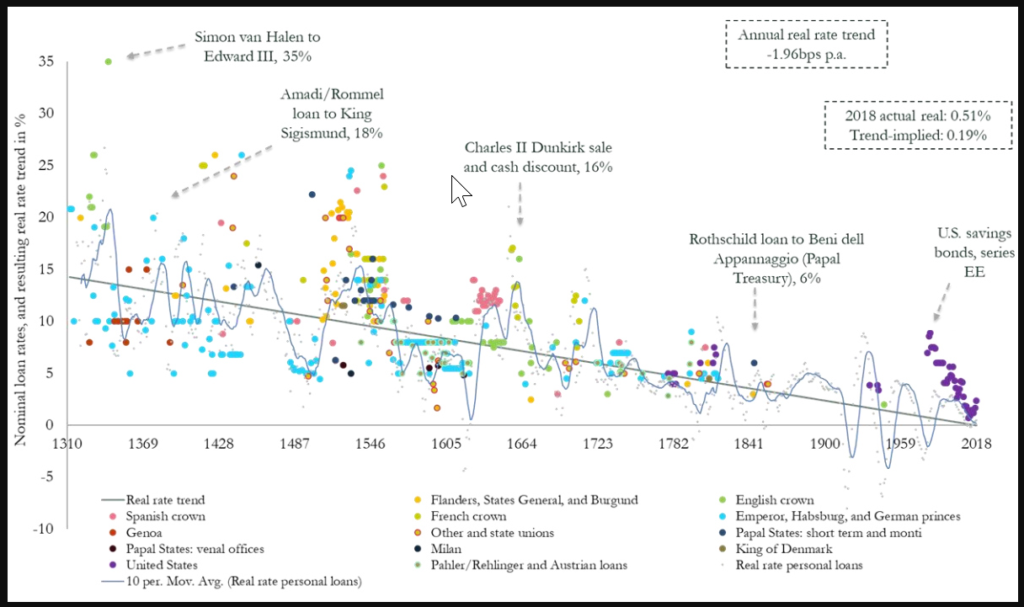Excerpt:
On December 7, the National Association of Insurance Commissioners (NAIC) Financial Stability Task Force voted in a virtual meeting to expose, for a 30-day comment period, a list of “Regulatory Considerations Applicable (But Not Exclusive) to Private Equity (PE) Owned Insurers.” The Task Force assigned to its Macroprudential Working Group the role of coordinator of the ongoing evaluation of these considerations.
The decision is the latest public expression of increasing concern among regulators about the recent growth in number and complexity of private equity-owned insurers.
The current exposure has some antecedents in NAIC-directed efforts that began two years ago. In November 2019, the Statutory Accounting Working Group began an effort to change the Statement of Statutory Accounting Principles (SSAP) No. 25, which provides accounting rules on insurer transactions with related parties and affiliates.
Author(s): Scott Fischer
Publication Date: 9 Dec 2021
Publication Site: DLA Piper
